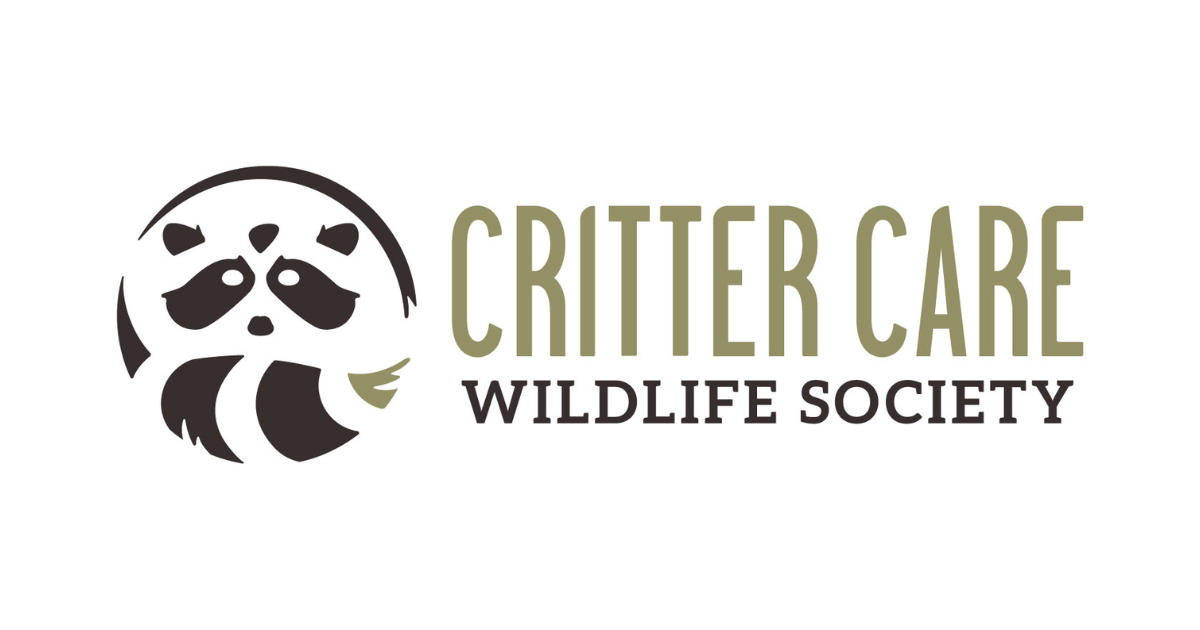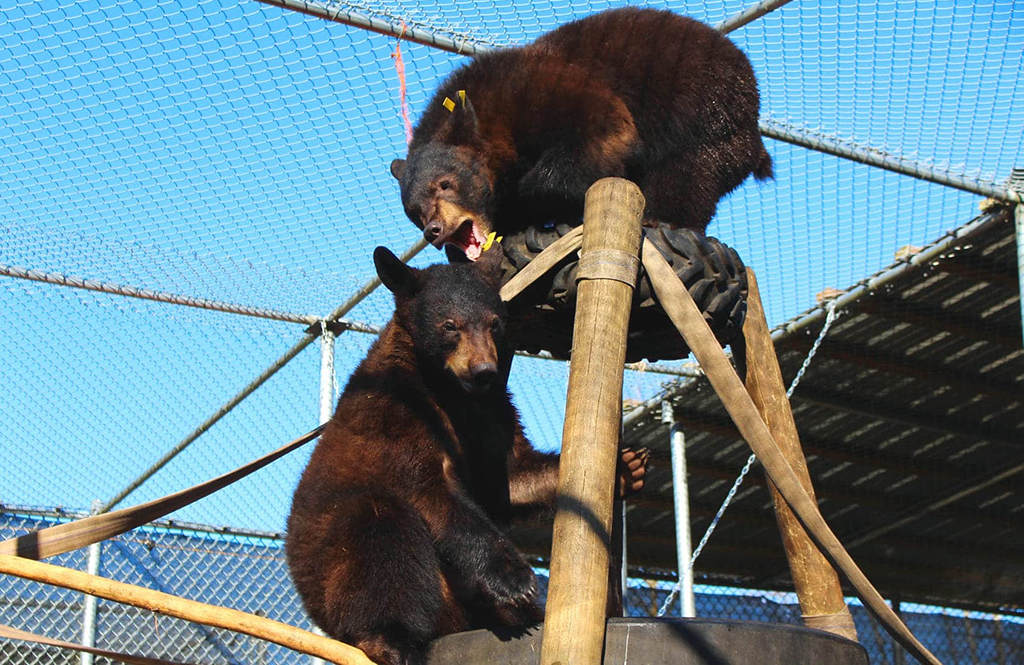The Truth Behind Fake Animal Rescue Videos
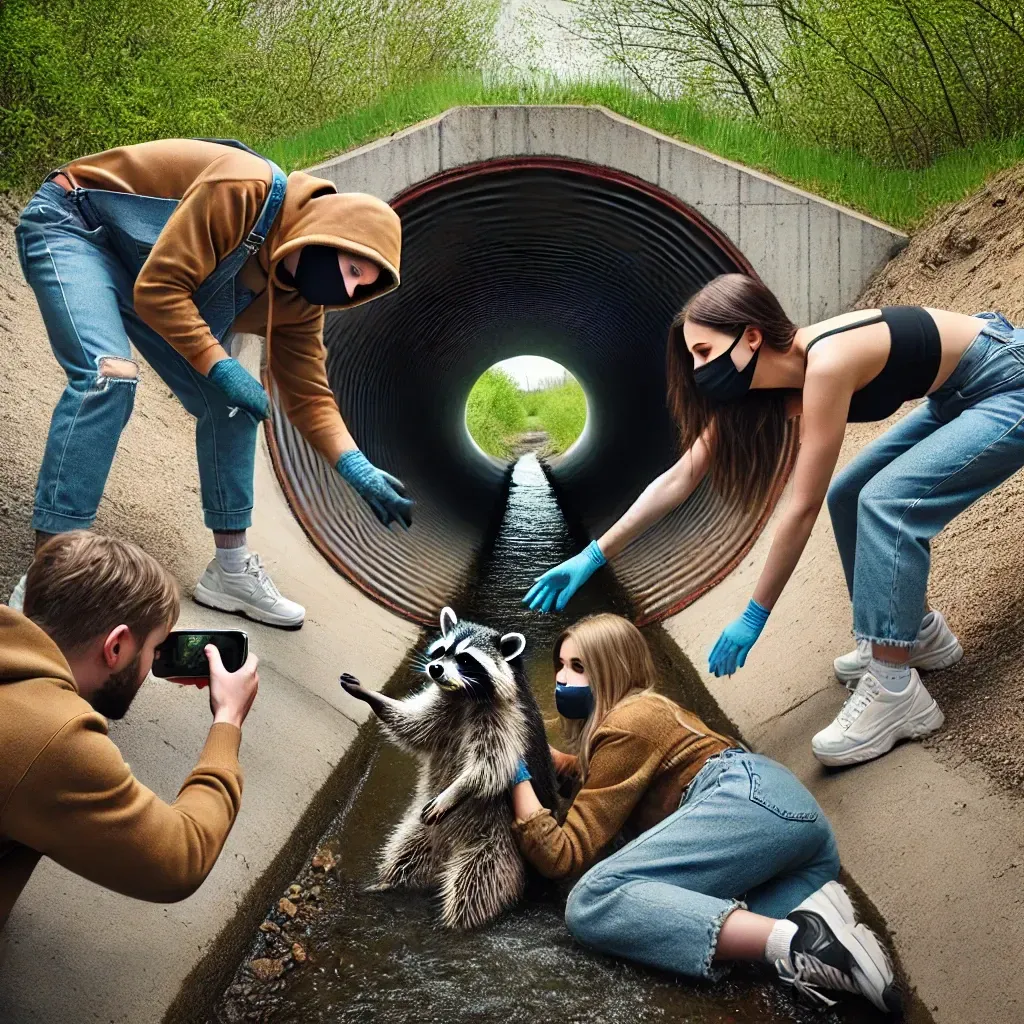
Social media is filled with heartwarming videos of animals being rescued from dangerous situations. However, not all of these videos are real. A growing number of content creators are staging fake animal rescues, putting innocent animals in harm’s way for views, likes, and even money.
What Are Fake Animal Rescue Videos?
Fake animal rescue videos are staged clips where animals are intentionally placed in dangerous situations—such as being trapped in water, stuck in fences, or surrounded by predators. Additionally, some AI-generated videos falsely depict people rescuing animals, including dangerous predators like polar bears.
In cases where real animals are involved, the same person who endangers them then pretends to “heroically” save them while recording the act. These videos are designed to provoke strong emotional reactions, increasing the likelihood that viewers will share, comment, or even donate to the creators.
Why Do People Create These Videos?
The main reason people create fake rescue videos is to gain social media attention. Platforms like YouTube, TikTok, Facebook, and Instagram reward viral content with increased exposure and, in some cases, ad revenue. Some creators even ask for donations, claiming they need funds to help rescue more animals. In reality, they are exploiting these animals for profit.
How Fake Rescues Harm Animals.
Animals in these videos often experience extreme stress, fear, and physical harm. They are intentionally put into terrifying situations, which can lead to injuries, trauma, or even death. Some videos use the same animals repeatedly, exposing them to repeated distress. This cruel treatment is far from the genuine care and protection that real animal rescues provide.
How Fake Rescues Harm People.
Beyond the harm to animals, fake rescue videos also mislead well-intentioned viewers. People who believe they are supporting genuine rescues may unknowingly promote abusive content. Worse, staged videos can encourage reckless behaviour by making dangerous situations seem easy to resolve. Children or untrained individuals may try to copy these fake rescues in real life, putting themselves and animals at risk.

How to Spot Fake Animal Rescues.
To help viewers recognize staged videos, animal protection groups suggest using the A.R.C. test:
- Authenticity—Is a real rescue organization involved?
- Reality Check—Does this situation seem natural, or does it look staged?
- Creation—Does the same creator post multiple suspicious rescues?
What Can Be Done?
The best way to stop fake rescues is to stop engaging with them. Do not like, share, or comment on these videos. Instead, report them to the social media platform. Animal welfare groups are urging companies to take stronger action to prevent the spread of harmful content.
You can also report these videos. On TikTok, for example, if a video is AI-generated and totally fake, tap the three dots in the top left corner, select Report, then choose Misinformation, followed by Deepfakes, synthetic media, and manipulated media, and submit your report.
By being more aware, we can protect animals from unnecessary suffering and support ethical rescue efforts.
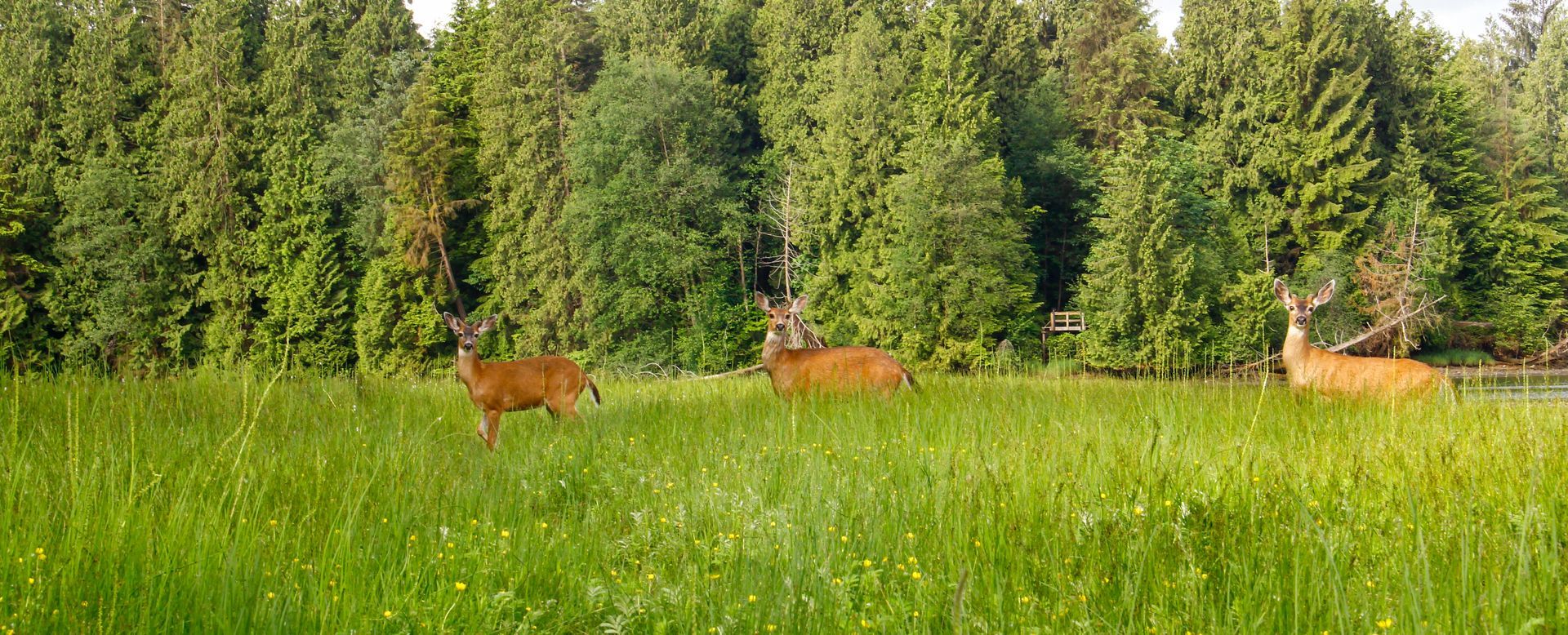
How to Safely Rescue an Injured or Orphaned Animal.
If you come across an injured or orphaned animal, the best way to help is by contacting a licensed wildlife rescue organization, such as Critter Care Wildlife Society. These professionals have the training and resources to assess the situation and provide the appropriate care the animal needs.
Handling a wild animal without proper knowledge can cause stress, injury, or unintentional harm. Instead of attempting a rescue yourself, call the nearest wildlife rehabilitation centre and provide details about the animal’s condition, location, and behaviour. They will guide you on the safest steps to take and, if necessary, dispatch trained rescuers to help. By seeking expert assistance, you ensure that the animal receives the best possible care while staying safe yourself.
Critter Care Wildlife’s injured or abandoned animals helpline 604-530-2064 ext. 3
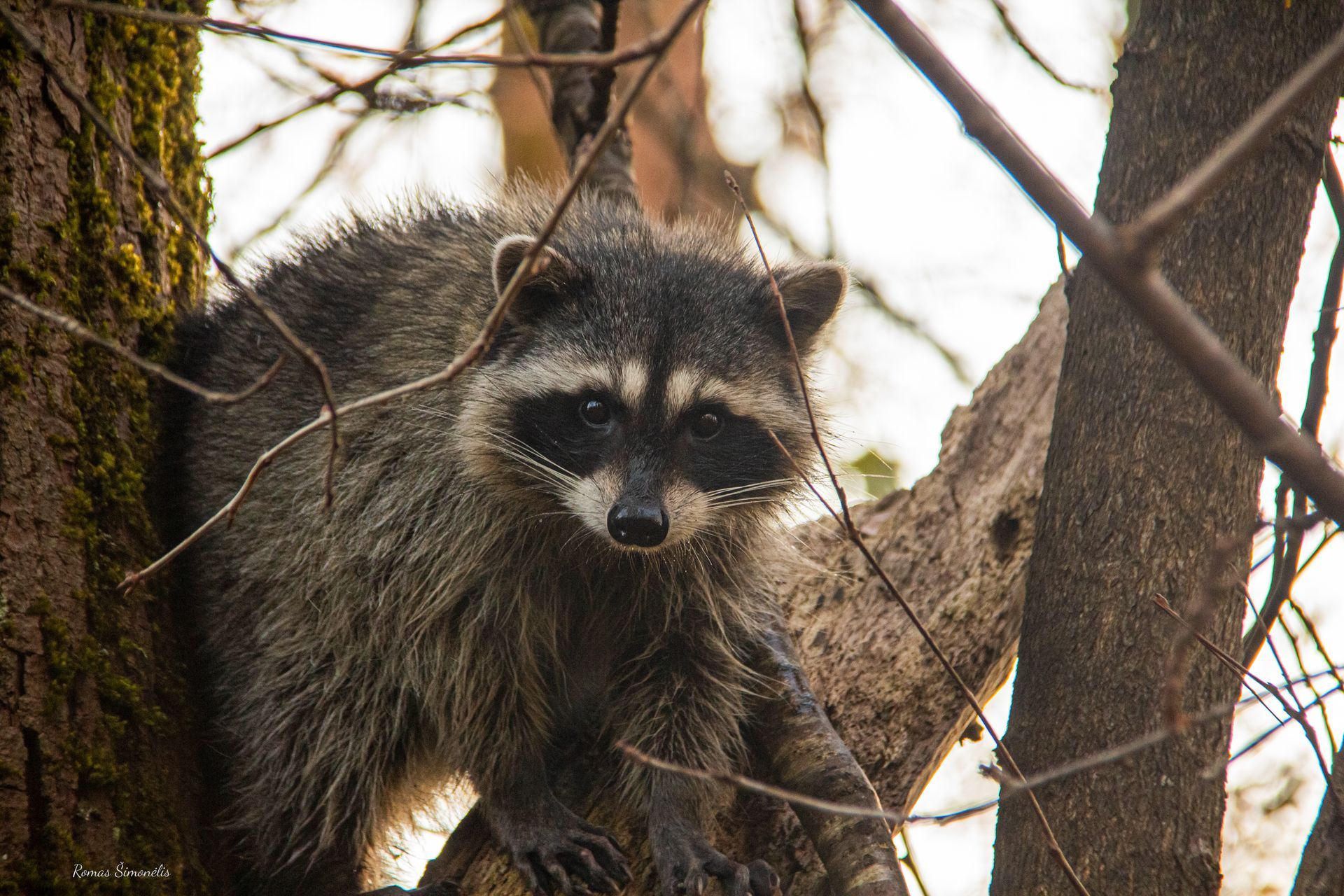
Critter Care Wildlife Society News

Sign up to get inspiring stories of rescue,
rehabilitation and release from Critter Care
Be the first to receive our newsletter, new blog posts, and updates
about our most critical needs and community news.
